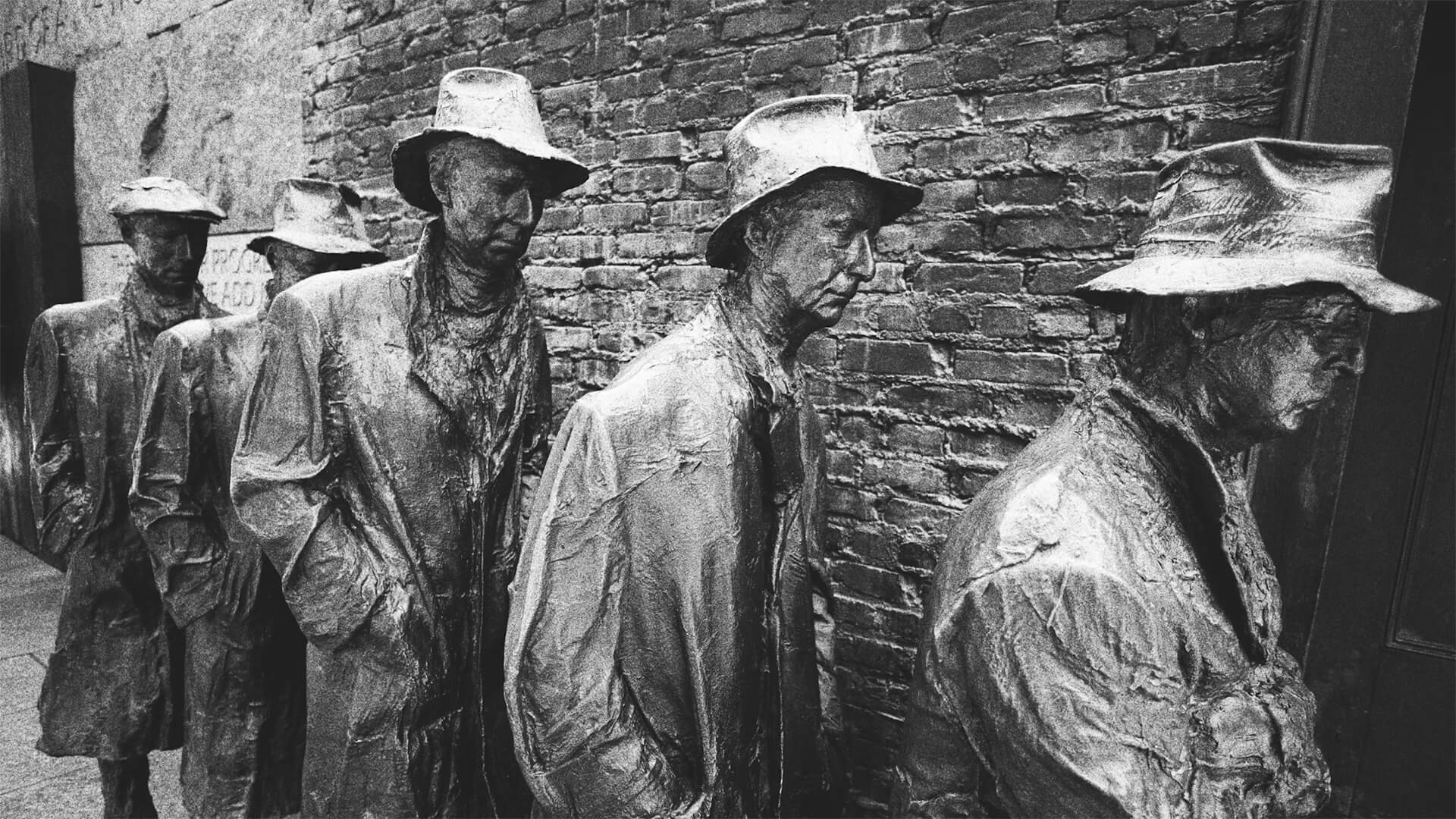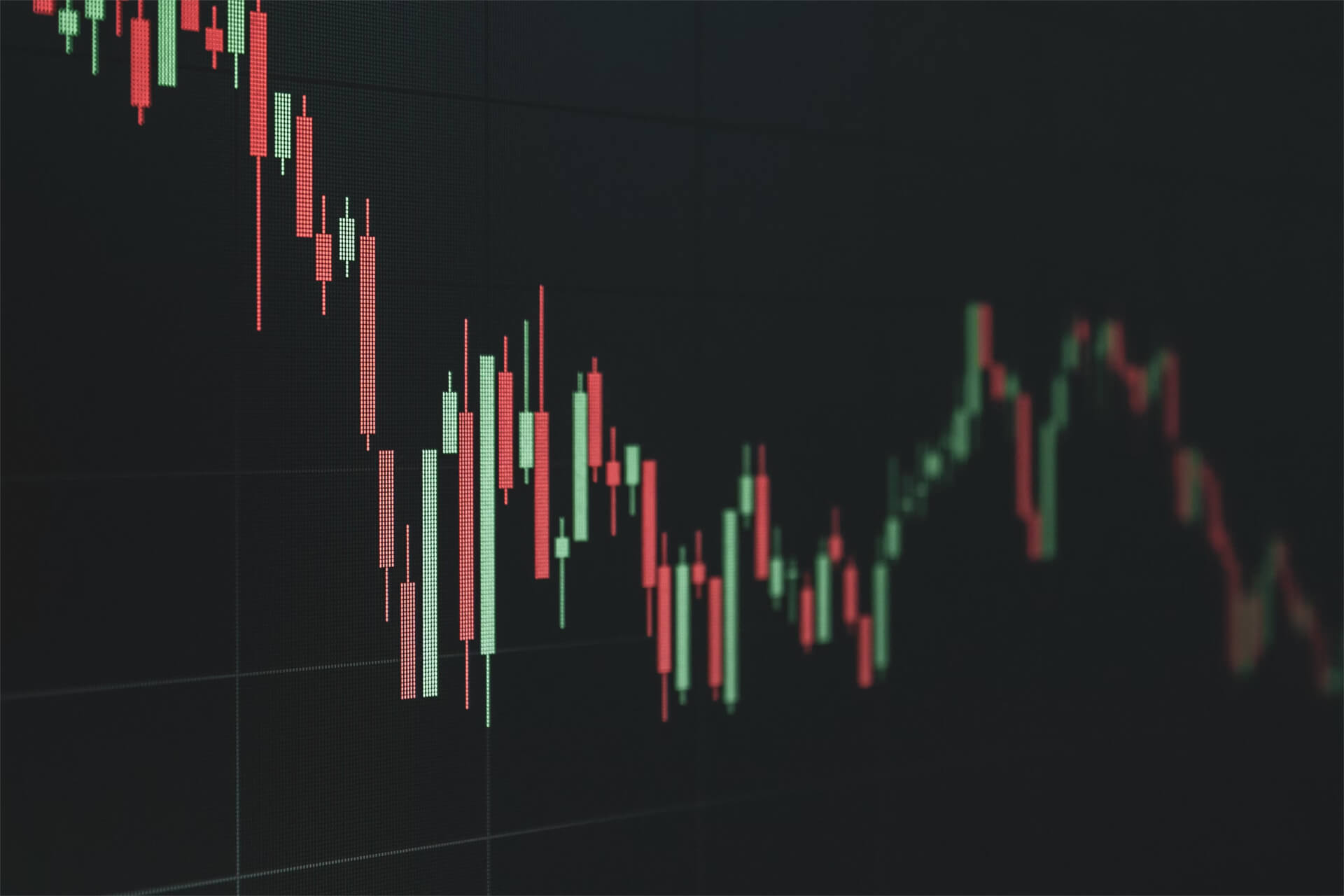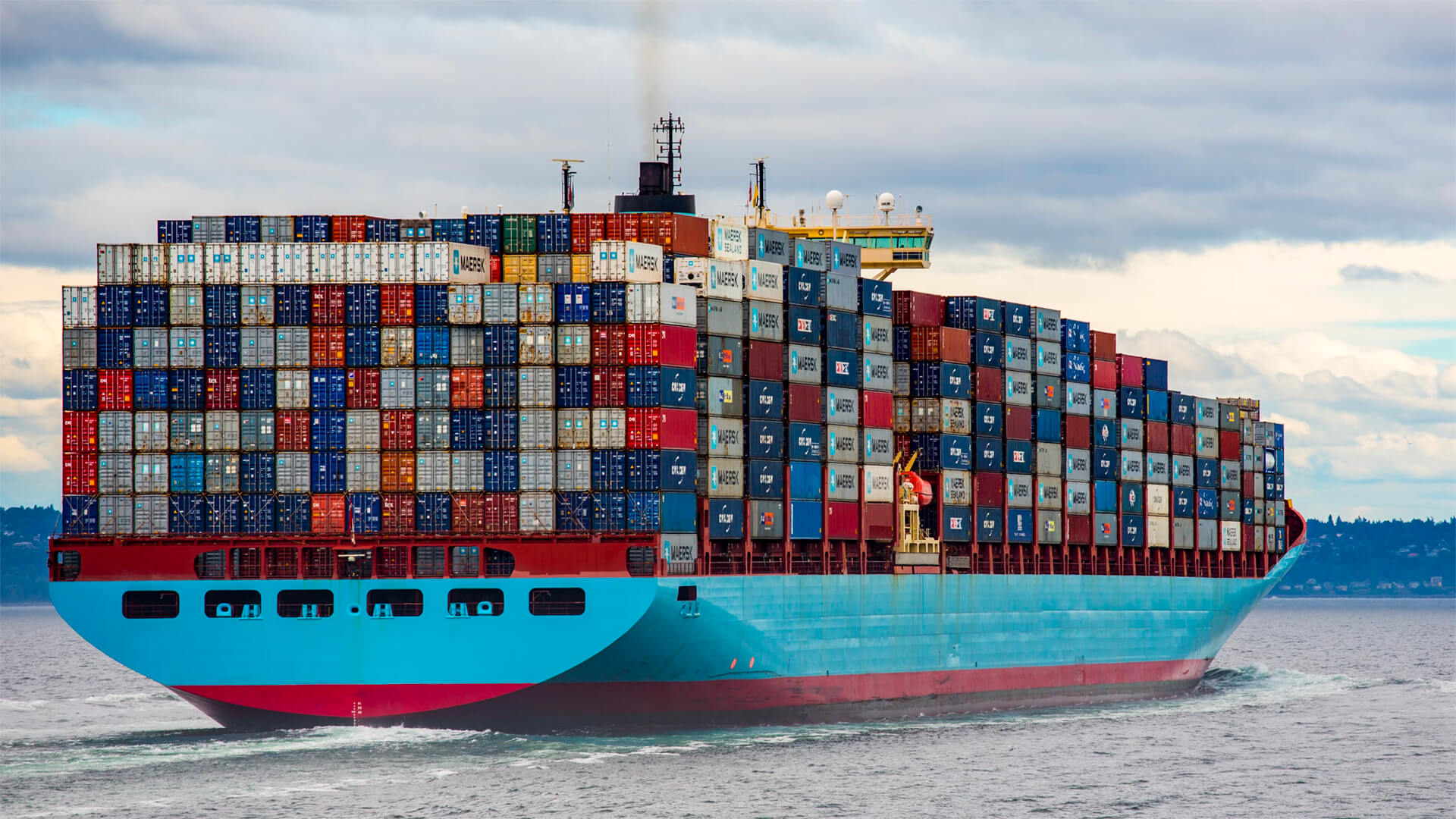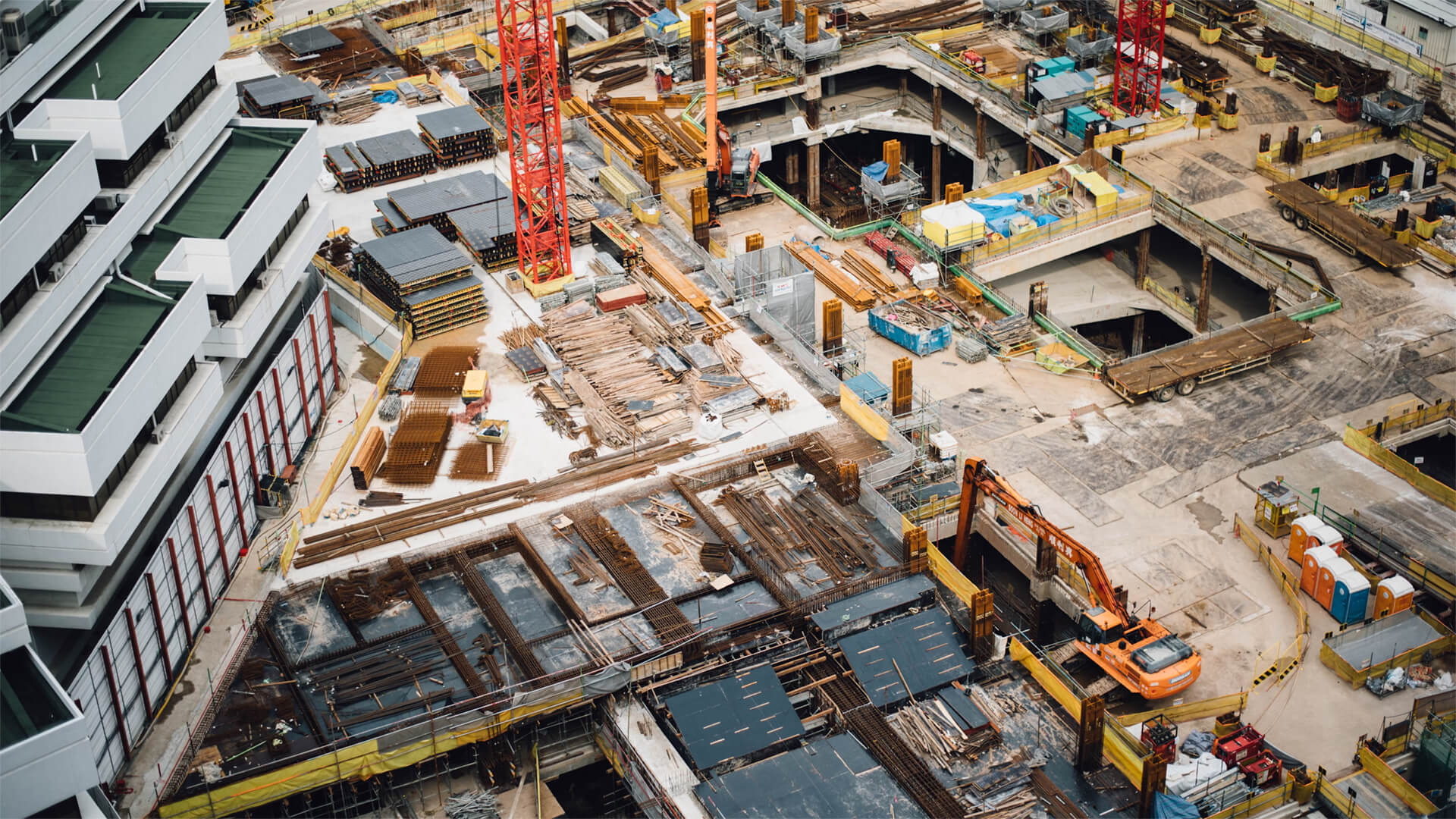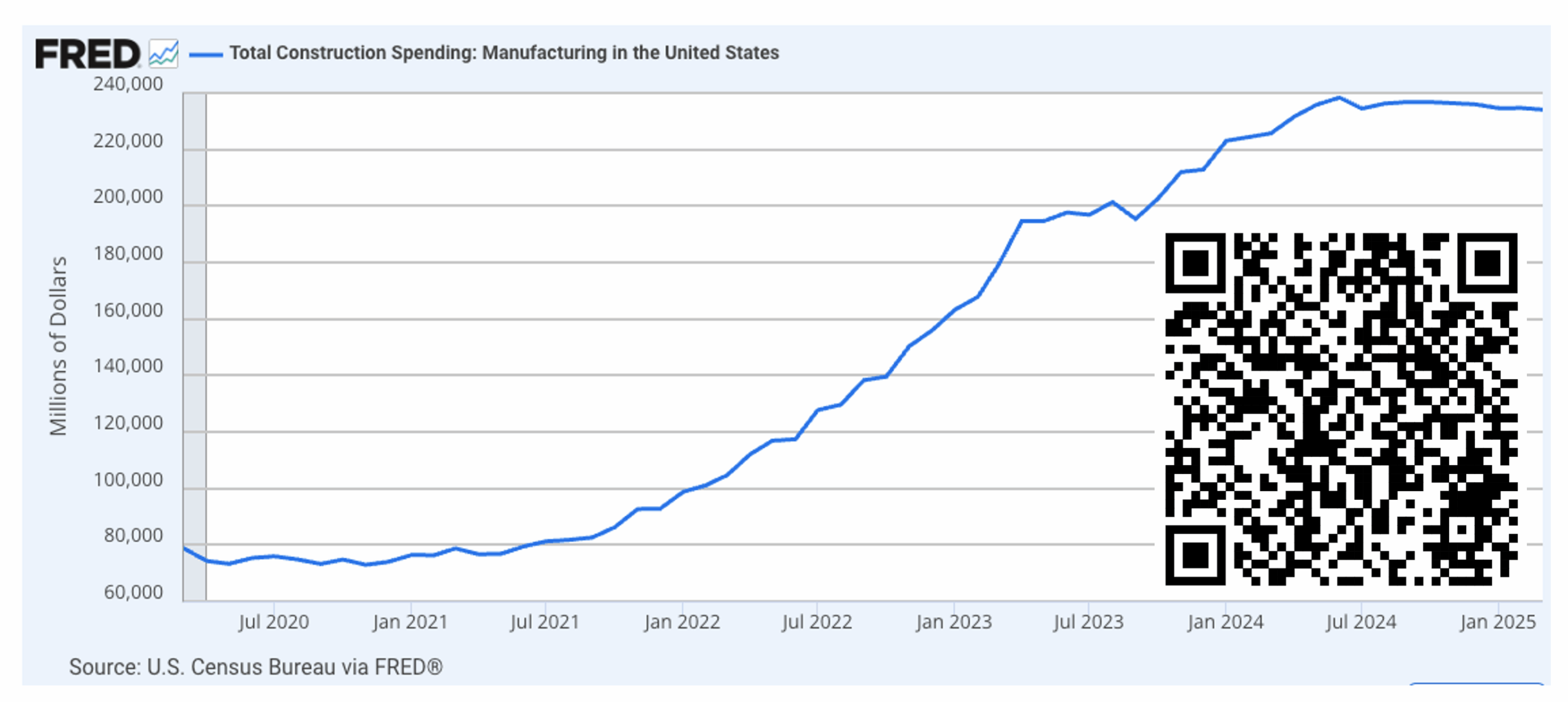Hey all Peter Zeihan here. Coming to you from a rainy lake of the Ozarks. We’re continuing our series on. What the hell were you guys thinking while I was gone backpacking? Today we’re going to talk about some economic issues in the United States. We’ve got three things that you guys decided were good idea to do. A certain green. Got three ideas that you guys decided were good ones while I was gone.
The first one was that Donald Trump partially nationalize Intel. Intel is, of course, America’s premier semiconductor manufacturing firm, taking a 10% stake for the government. This does not give the United States a seat on the board, but it does obligate the United States to pay for a lot of R&D. And if your goal is to near-shore semiconductor fabrication, there’s some serious logic here.
And if your goal is to deepen the government’s involvement in design and control the technology, there’s some logic there as well. But it does come at a pretty significant cost. When you start to nationalize companies, they treat the government as one of their stakeholders, and they start to optimize their operations to do whatever the government wants that might achieve a national security goal, perhaps, but it comes at the cost of the company basically letting everything else fly, and reducing the profit motive to actually make the company better.
They become more of a defense contractor. So pros and cons, Second big item is that the Trump administration issued a cease order for the Block Island windfarm off the coast of Rhode Island, and it’s really hard to spin this as a positive. The money had already been allotted. Things have been paid for. Remember, you have to pay for green tech projects pretty much upfront. And so the financing was all in place.
The project was already 80% completed and was about to start wiring power next year. And now it’s just completely stopped. So number one, this is an investment issue. Number two, this is a foreign investment issue because the Danish companies were involved. And number three, it’s a power issue for the eastern seaboard. But most importantly, the federal government has now decided to kill the project specifically because Donald Trump doesn’t like wind turbines.
He doesn’t like the way that they look now. Wind turbines in the right spots are among the most efficient ways of generating power. This isn’t like solar, where the it’s dark half the year. Wind, especially offshore wind, is a very strong, reliable source of energy. But Donald Trump doesn’t like the look of them. So from the point of view of contract law, the federal government has now established itself as a relatively unreliable partner in the power sector.
And no matter what your interpretation of America’s near term future, whether you’re like me and you see, we need to double size of the industrial space with your tech guy and you want to massively expand AI. Whether all you want to do is replace the old infrastructure with new infrastructure. The United States needs to expand its power grid by at least 50% over the next several years, and all of a sudden, the federal government is no longer a positive contributing partner to that.
And everyone who is involved in government contracting in the power sector is now going to be wondering if there’s any reliability at all. That’s really bad. If you’re trying to do something quickly, because the federal government will always be the single largest economic entity in the United States. And now it’s got people wondering if they can be trusted of all, because there’s no scientific reason, there’s no economic reason, there’s no financial reason.
There’s no national security reason for this contract to be canceled. It’s just been canceled because Trump doesn’t like the look of windmills. That is very, very Latin American. The third issue is that Donald Trump has tried to fire or has fired a woman by the name of Lisa Cook, who is a member of the Federal Reserve Board. Now, the US Federal Reserve is basically the central bank of the United States.
They say interest rates and manage monetary policies in order to manage the American economy. And under existing law, you cannot fire a board member unless there’s cause. The cause that Donald Trump cited was that Lisa Cook now stands accused of falsifying some data, on free home purchases she’s made over the last 10 to 15 years. I believe.
In total, the three mortgages in question have a total finance value of about $1 million. Have all since been paid off. And he’s saying that she lied about it being her primary residence in order to get a slightly better interest rates. And we’re talking here about less than a half a percent. This is kind of rich because no charges have been brought.
It’s simply an accusation. No data has been presented. But Donald Trump has been convicted in a court of law of over a half $1 billion of real estate fraud. So you know, there’s a little bit of a ocracy here. Whether or not if she were charged and found guilty, is qualifies her as a being fired for cause is a really open question. It’s really questionable whether the Supreme Court would rule that way. And this is a court that will absolutely go all the way it up. But the core issue here is Donald Trump has found a way to remake the Federal Reserve in his own image.
One of the problems that Trump is facing is a lot of the tariff policies that are in place at the moment are highly inflationary and are driving economic activity out of the United States by making the United States a less reliable partner in things like manufacturing supply chains in addition, things like steel and aluminum, copper tariffs to make it much more difficult to construct anything, whether it’s in the power grid or your house.
And so we are set up for higher inflationary, lower growth environment moving forward. So Trump’s idea is if we can reduce capital costs significantly, then we will have more economic activity. And faster growth that people will get credit for. The Federal Reserve would never go for that because that would be wildly inflationary. Think about what happened under the Biden administration when we had a series of federal spending projects, none of which Donald Trump has really trimmed down.
That dumped a lot of money into the economy post Covid and generated faster economic growth, but faster inflation because we saw demand go up and up and up and up without an underlying increase in supply. What Trump is doing is constructing supply and now trying to goosed demand with interest rate policies, achieving something that’s at least as bad, for political reasons, demand scarcity or a directed demand, something like that. It’s a lot like, like wartime mobilization, where the government takes a larger role in the system controlling the production, but it’s not driven by a crisis, is driven by a change in macroeconomic fundamentals, and it’s is focused on demand as it is on supply.
And if that sounds not particularly capitalistic, that’s because it’s not even remotely capitalistic. But as we’ve seen from the Donald Trump administration so far, that is really not a major concern. Nationalizing companies, he sees as a plus, taking over direct control, personal control of the monetary authority he sees as a plus. And the sacrosanct nature of contracts is not something he seems even remotely bothered by.
These are characteristics that have a lot more in common with, like the Latin American flavor of socialism or even modern day China. And one thing that they do not generate is efficiency, or private ownership or private decision making. But kind of that’s the point.
So none of these steps are good. They all basically make the federal government part of the problem, in a way that five years ago we would have said something that the liberals prefer to do, but now Donald Trump is there. The reason that this bothers me so much, but the reason why I’m trying to maintain an open mind is that the models that we use to manage our economy and by our, I mean humans are changing and need to change.
For the last century, we’ve basically had four overarching economic models. We’ve had free market capitalism, which is something the United States tends to champion. Not anymore. We’ve had a European social model that is more based on social placidity and equality, but doesn’t generate as fast of economic growth and as much economic dynamism. Europe, of course, is known for that.
You get command communism, where you have a central authority that makes most of the economic decisions. That’s Maoist China, that is the Soviet Union. And then you have something called fascist corporatism, where there’s a fusion of corporate interests and government interests. And that’s classically Nazi Germany, but also like 1970s and 1980s Korea, maybe a little bit of, Japan and certainly China today.
All four of these models are based on the relationship between supply and demand and capital and labor. And with the world going not just through a globalization phase, but a massive population phase, we are losing access to labor and capital in the volumes and in the ratios that we’re used to, because when people retire, they take their money with them and they are no longer working.
So we’re seeing a change in the fundamentals that define our four economic models. And we need to try something new. What that something will be is very much in play. But what the Trump administration seems to be pushing us towards, whether it’s consciously or not, is something that’s kind of like a constrained, managed demand model where the government is the single largest player in determining who gets what, and because of problems with supply and consumption.
They’re actively ratcheting down demand because there won’t be enough stuff to go around. But Trump is also constraining artificially the supply of product within the American market. So whether this, constrained demand model is something that is going to be a thing in the future, I don’t know, it’ll probably need to be a lot more cohered than what we’re seeing out of Washington right now.
But it is something we shouldn’t reject out of hand because we know the old models aren’t going to work. The primary concern that I have at the moment is that the United States has the healthiest democracy of any major country in the world, which means we don’t need to make the adjustments first. We can wait to see what everybody else does first and then sort of pick and choose.
The idea that we are needs to be the ones at the vanguard of this next phase of economic theory, I think, is a bit of a stretch. And if we are going to do it, I would like to see it be a system that is a lot more coherent and a lot more geared to American strengths and weaknesses than what we’ve seen out of the administration these last couple of weeks.
Soooo….

